From Curiosity to Code: My Path into Machine Learning
My journey into Data Science started not just with numbers but with stories—stories hidden in dashboards and the mysteries of the stock market. Fascinated by the patterns and trends that drive decisions, I found myself asking: What lies behind these numbers? This curiosity became my compass, guiding me into the realm of Machine Learning, where I began to decode the language of data.
It wasn’t enough to simply learn the theories. I wanted to apply them, to see the algorithms come alive in solving real-world problems. I dove into projects that challenged me to think critically and creatively—predicting customer churn, segmenting audiences, and forecasting stock prices. Each project was more than an experiment; it was an opportunity to transform raw data into meaningful insights, bridging the gap between academia and real-world impact.
Below, you’ll find some of the Machine Learning projects that define my journey—a journey from curiosity to expertise, from exploring the why to uncovering the how, and ultimately, to turning data into decisions.
Finding the Patterns: A Deep Dive into Customer Segmentation
Understanding Your Audience, One Segment at a Time
In a world where data reigns, the question isn’t just “Who are my customers?” but rather, “How can I understand and serve them better?” This project aimed to answer that, diving into the realm of customer segmentation to uncover patterns in customer behavior that would inform targeted marketing and personalized experiences.
My task was to categorize customers based on their behaviors and demographic data, creating actionable groups that could guide smarter decisions. To start, I gathered and meticulously cleaned data on purchasing history, customer frequency, and demographics to ensure a solid foundation. From there, I engineered new features—like recency, frequency, and monetary value (RFM)—which capture the essentials of customer loyalty and engagement.
To segment the customers effectively, I trained various models including Random Forest, Support Vector Machines (SVM), and Convolutional Neural Networks (CNN). After extensive tuning and evaluation, the CNN model achieved an impressive accuracy, reaching a 98% F1 score. This high accuracy demonstrates the model's ability to capture and categorize customer behaviors with remarkable precision.
With this robust model, the company is equipped to make data-driven predictions about customer behavior, paving the way for more personalized interactions.
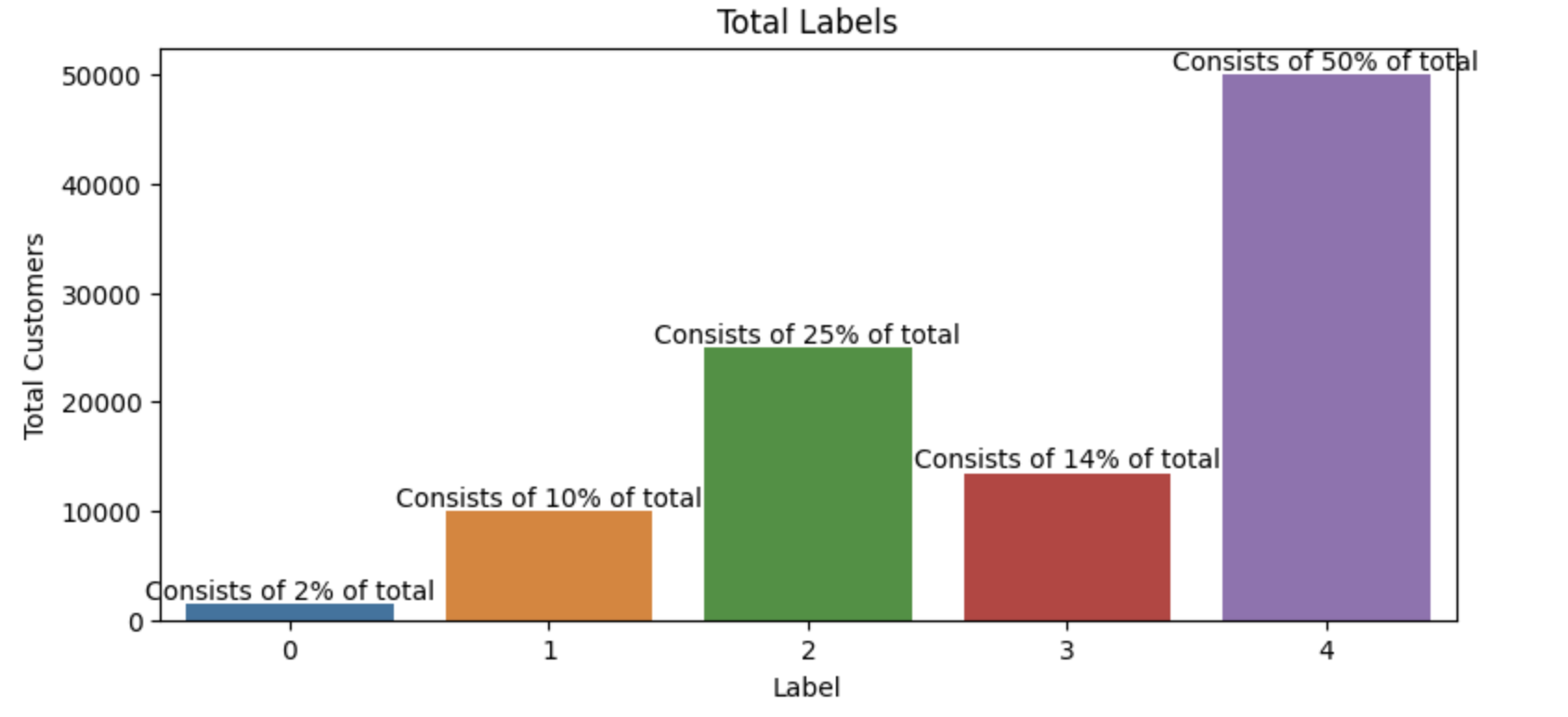
Customer Distribution.
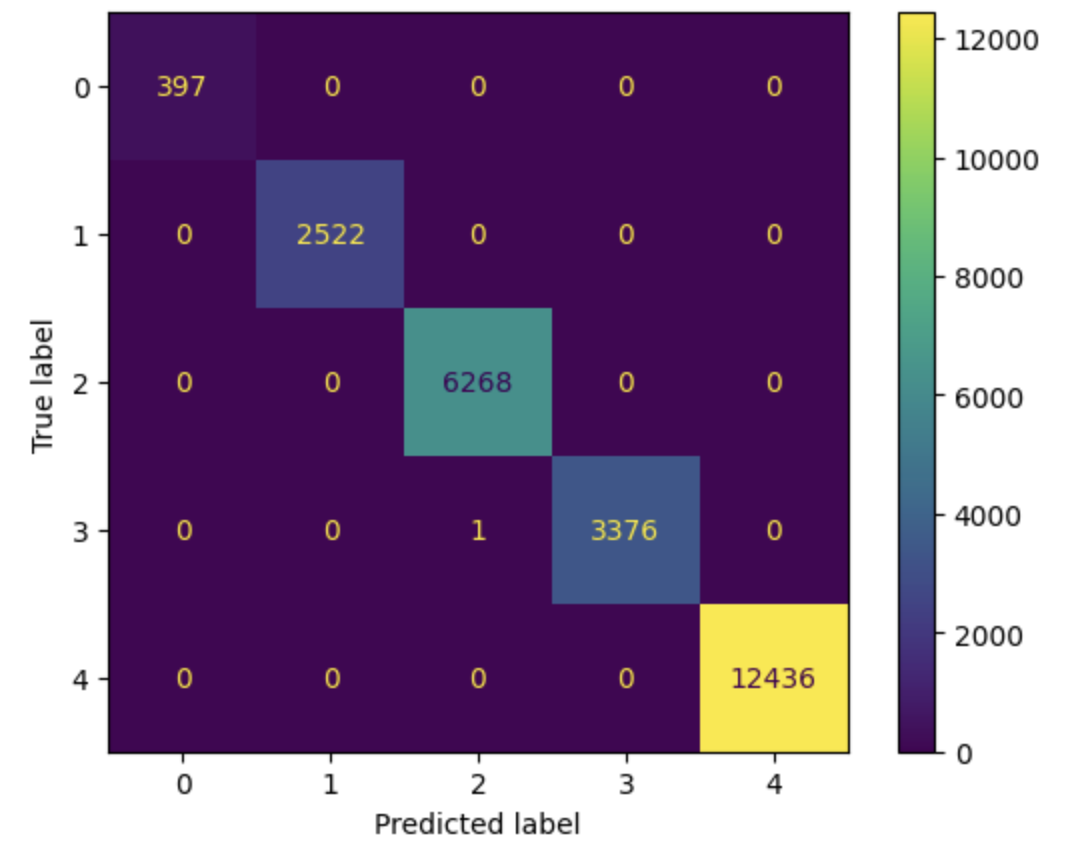
Random Forest Evaluation.
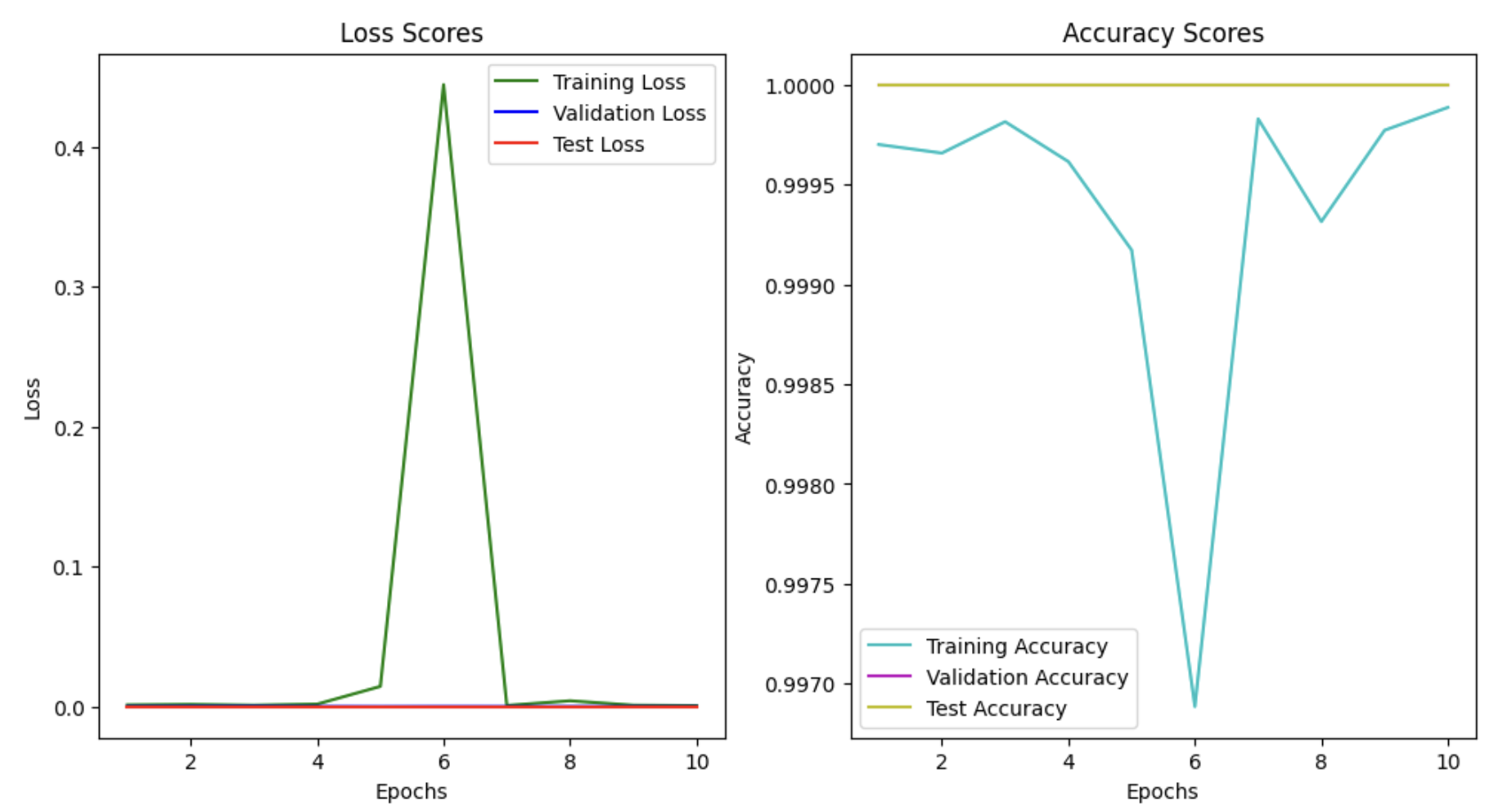
CNN loss scores during training.
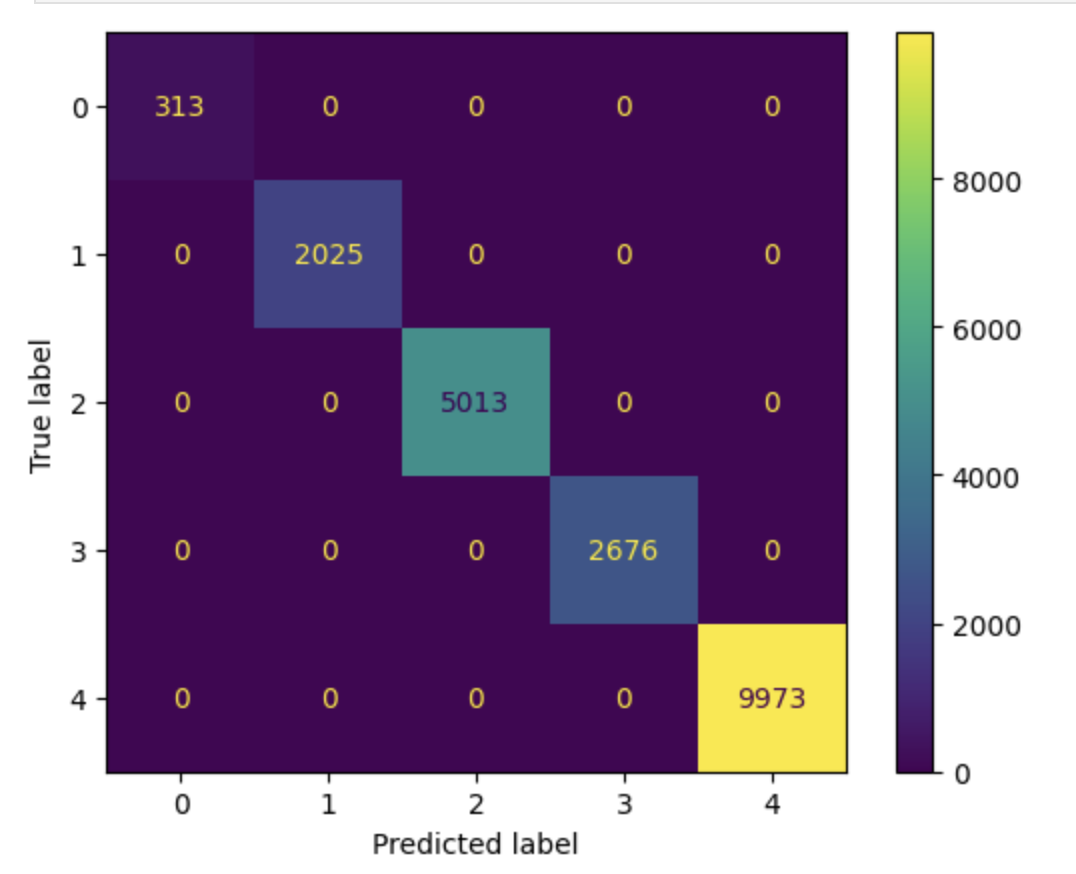
CNN Evaluation.
Predicting Customer Churn: My First Dive into Machine Learning
Understanding Why Customers Leave and How to Keep Them Engaged
Every business faces the challenge of customer churn, but what if you could predict which customers were likely to leave before they made their decision? This was the question that sparked my first dive into Machine Learning, a journey that combined data, curiosity, and a drive to solve real-world problems.
The project focused on a telecommunications dataset rich with customer details, including account tenure, call usage patterns, and service plan preferences. These features offered a wealth of insights waiting to be uncovered. I began by cleaning and preprocessing the data, transforming categorical variables, engineering new features, and scaling the dataset to ensure every model had the best chance of success.
Armed with this data, I explored a range of models—Decision Trees, Random Forests, Support Vector Machines (SVM), and K-Nearest Neighbors (KNN)—to find the perfect fit. After tuning hyperparameters and performing cross-validation, the Random Forest model emerged as the standout performer, achieving an impressive accuracy of 95% and a robust F1-score. This demonstrated its ability to identify patterns that signal churn, turning raw data into actionable predictions.
More than just a technical exercise, this project taught me how Machine Learning can empower businesses to stay one step ahead. By identifying at-risk customers, companies can craft tailored strategies—whether through personalized offers, improved service, or proactive outreach—to boost retention and strengthen customer loyalty. This first foray into Machine Learning solidified my passion for data-driven problem-solving and set the stage for my journey in the field.
Trading on Trends: My Introduction to Stock Prediction
Exploring Wall Street Trends with LSTM and FB Prophet
My fascination with the stock market and the allure of uncovering hidden trends through data brought me to this project—a journey to predict stock prices using the power of Machine Learning. The stock market has always felt like a puzzle, with its dynamic movements and intricate patterns, and this project gave me the opportunity to dive deep and decode some of its secrets.
Using historical stock price data spanning several years, I set out to forecast future trends with precision. The challenge was not just to predict the numbers, but to understand the underlying story they told. The data was preprocessed meticulously, transforming raw numbers into sequences that revealed patterns over time. The LSTM model leveraged its strength in identifying long-term dependencies, delivering promising results in predicting stock price trends. Meanwhile, FB Prophet provided an intuitive understanding of seasonality and growth patterns, complementing the LSTM model with its easy interpretability and robust trend analysis.
This project was more than just a technical exercise—it was an exploration into the heartbeat of financial markets. By combining the predictive power of Machine Learning with the explanatory depth of visual trend analysis, I not only forecasted price movements but also gained valuable insights into the factors driving them. This experience solidified my passion for data-driven financial analysis and marked the beginning of my journey into time series forecasting.
Visualizing Predictions
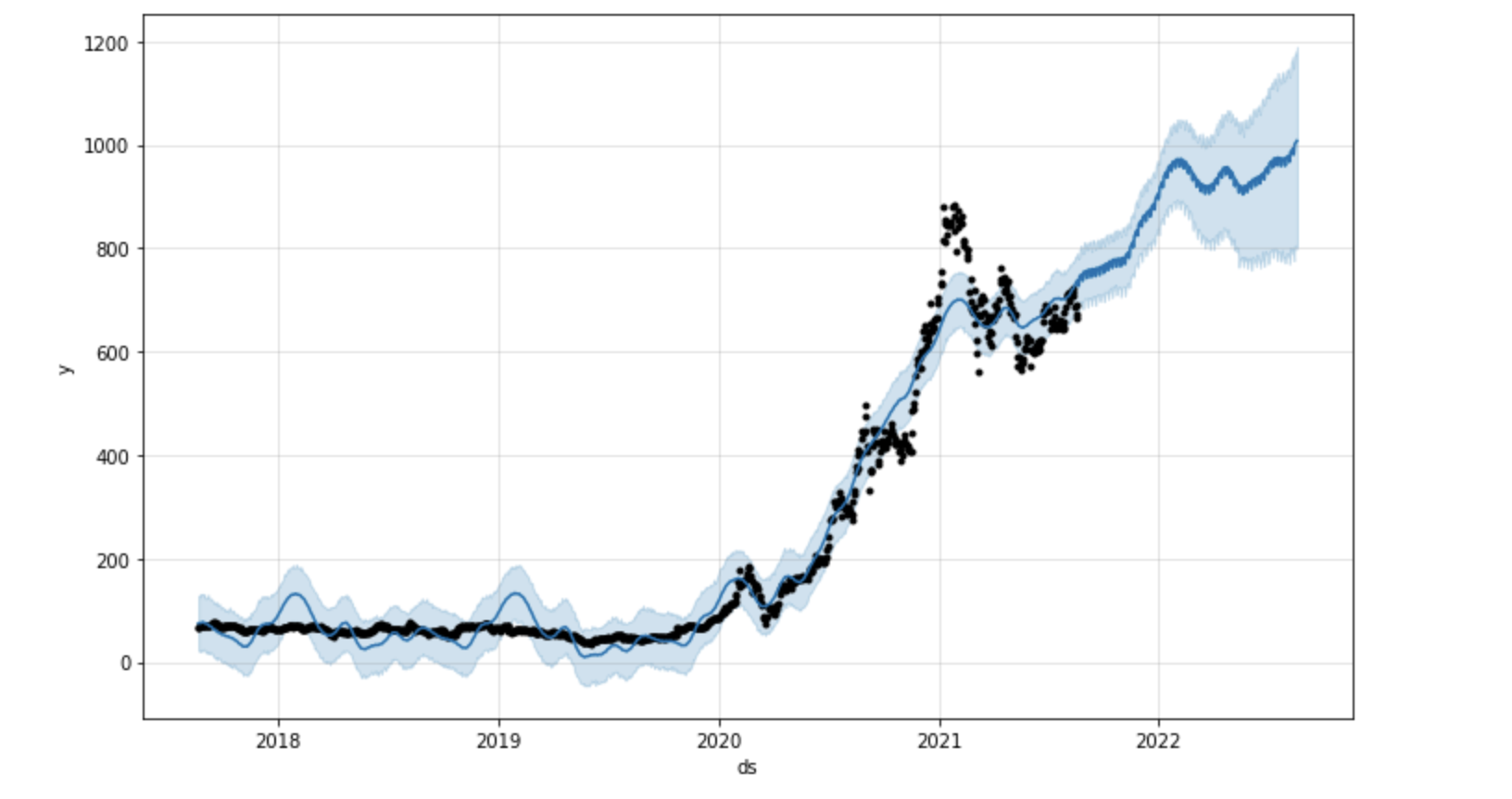
FB Prophet Predictions.
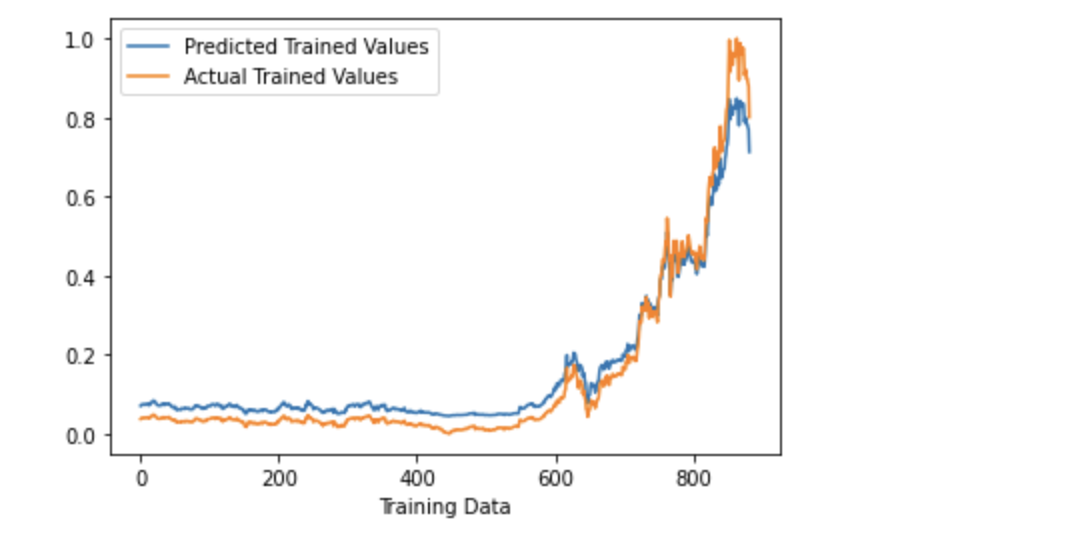
LSTM Predictions.